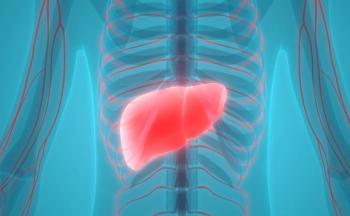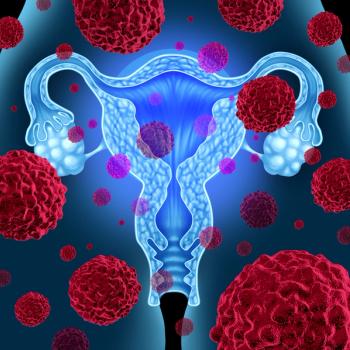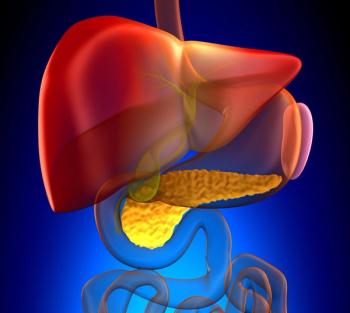
Shorter Radiation Postmastectomy Induces Similar Complications in Patients With Breast Cancer as Standard Treatment
Hypofractionated—large doses of radiation given over a shorter period of time than standard radiation—and conventional proton radiotherapy yielded comparable normal tissue sparing and complication rates postmastectomy in patients with breast cancer, according to findings from a recent study.
The use of proton hypofractionated—large doses of radiation given over a shorter period of time than standard radiation—and conventional radiotherapy produced similar complication rates after mastectomy in patients with breast cancer, according to Robert Mutter, MD, a member of Mayo Clinic Cancer Center in Rochester, Minnesota.
During the
At a median follow-up of 38.3 months, the 24-month complication rate, defined as the grade 3 or higher adverse effects or unplanned surgical interventions among patients undergoing mastectomy with reconstruction, was 14.6% in the conventional arm vs 17.1% in the hypofractionated arm (absolute difference, 2.4%; 95% CI, not reached-15.7%; P = .17). Additionally, complications for patients who underwent immediate breast reconstruction were observed among 21.4% (n = 6/28) of the conventional arm and 24.1% (n = 7/29) of the hypofractionated arm.
Transcript:
In both of the treatment arms, there was excellent target coverage and excellent normal tissue sparing consistent with prior proton therapy studies. We also employed a newer proton therapy technology called multi-field optimized pencil beam scanning, which also enables skin-sparing. And so, we can modulate the dose of the skin surface, and we hope that this also potentially reduces the risk of radiation dermatitis or skin burns associated with postmastectomy radiotherapy, because older proton therapy techniques did not have this ability to reduce the dose at the at the skin surface.
In terms of complication rates between the 2 arms, we defined complication in our study, which was our primary endpoint, as any grade 3 or greater late adverse event, as well as any unplanned surgical intervention for patients who underwent reconstruction, which was about two-thirds or a little bit more of our patient population. And with a median follow-up of [38.3] months, we observed 6 complications in the 25-Fraction arm and [7] complications in the 15-fraction arm. There was no statistically significant difference between those 2 arms; the p-value was [0.17]. However, because the upper bound of the 95% confidence interval on the absolute difference between the rates of complications between the two arms was above our pre-specified non-inferiority criteria, we could not definitively claim that 15 fractions was non-inferior to 25 fractions.
Reference
Mutter R, Giri S, Fruth B, et al. Phase II randomized trial of conventional versus hypofractionated post-mastectomy proton radiotherapy. Presented at the 2022 San Antonio Breast Cancer Symposium; December 6-10, 2022; San Antonio, TX. Abstract GS4-05.
Newsletter
Stay up to date on recent advances in the multidisciplinary approach to cancer.






















































































